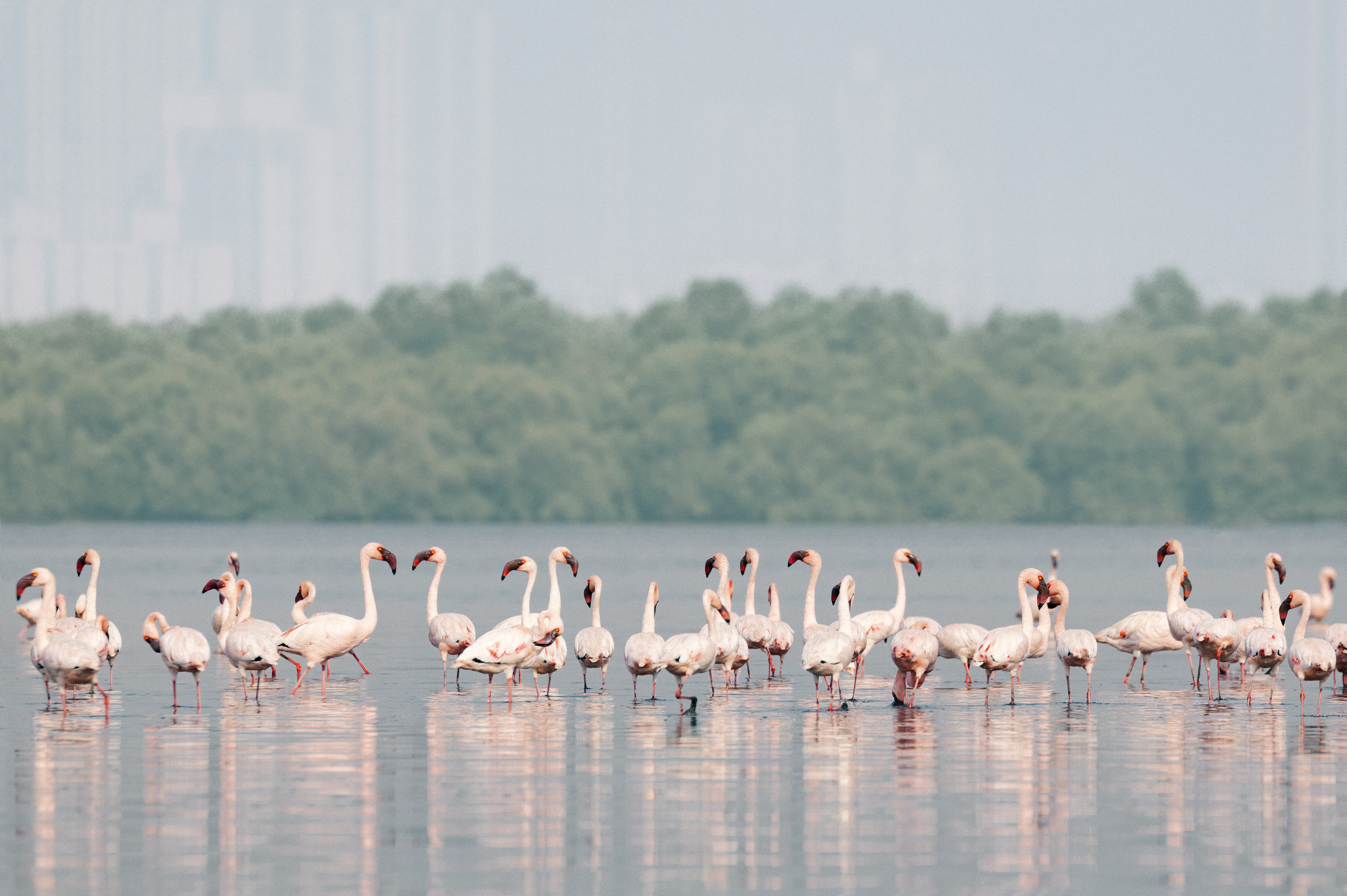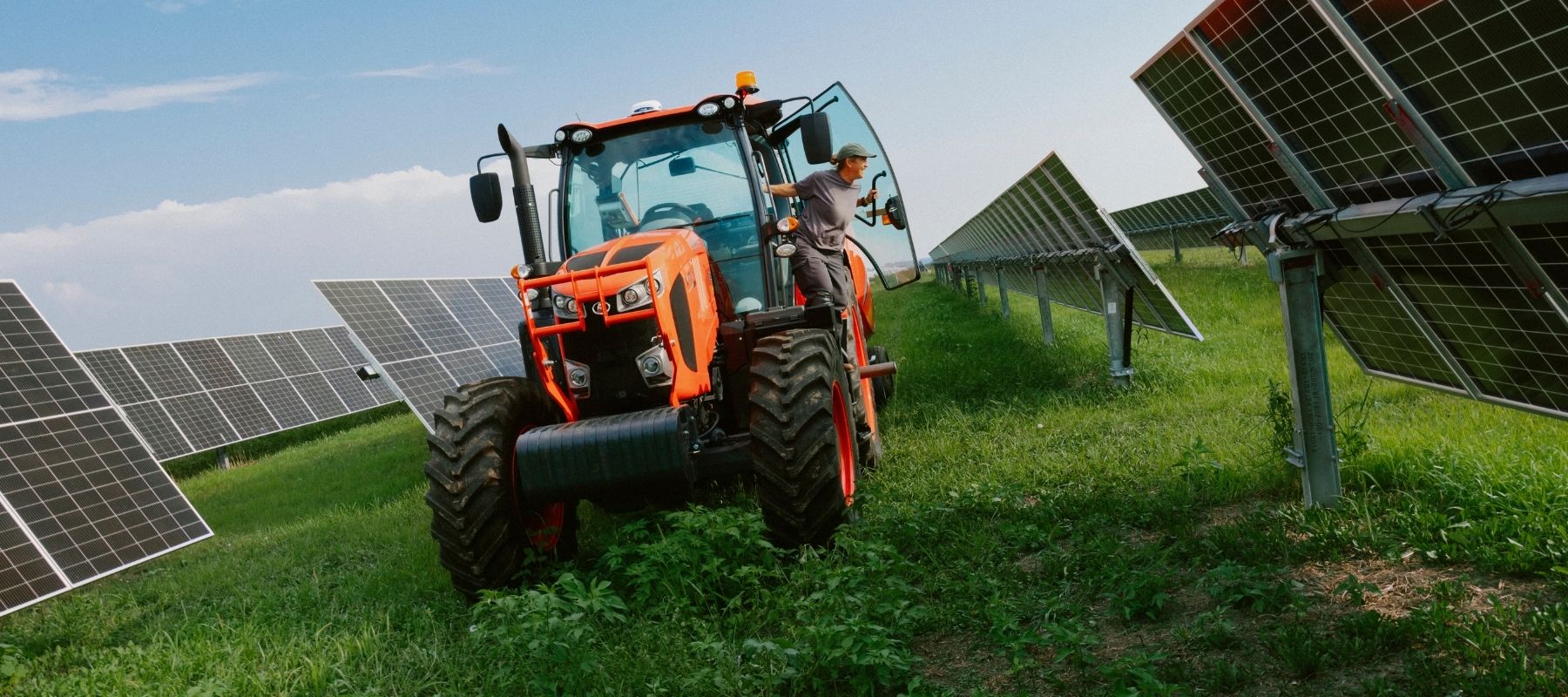We’re improving the energy efficiency of our business, decarbonizing our transportation network, and investing in biodiversity projects around the world.
Our annual Sustainability Report documents Amazon’s progress as we seek to become a more sustainable company. We set bold, long-term aspirations, such as The Climate Pledge—our goal to reach net-zero carbon emissions across our global operations by 2040—and create strategic, actionable plans to achieve them. Our latest Report, published today, shows that we’re continuing to build a lower-carbon-intensive business, improving the energy efficiency of our business even as new technologies like artificial intelligence (AI) demand greater data center capacity. We’re also working to decarbonize our transportation network by bolstering our global fleet of electric delivery vans with 31,400 electric vans in our fleet now delivering packages.
Through the Right Now Climate Fund, we’ve protected or restored 49,000 hectares of land through biodiversity- and nature-related projects over the past five years. And Amazon Web Services (AWS) is 53% of the way toward achieving a goal of becoming water positive by 2030, meaning we’re poised to return more water to communities and the environment than we use in our AWS data center operations. Additionally, we announced a new water commitment in India to return more water to communities than we use in our operations by 2027. We’re also innovating to reduce waste and divert waste from landfills, strengthening our global human rights risk management, and investing in measures to become the safest company in the industries in which we operate.
Here are just a few of the highlights from this year’s Report. Check out the full 2024 Amazon Sustainability Report here.









